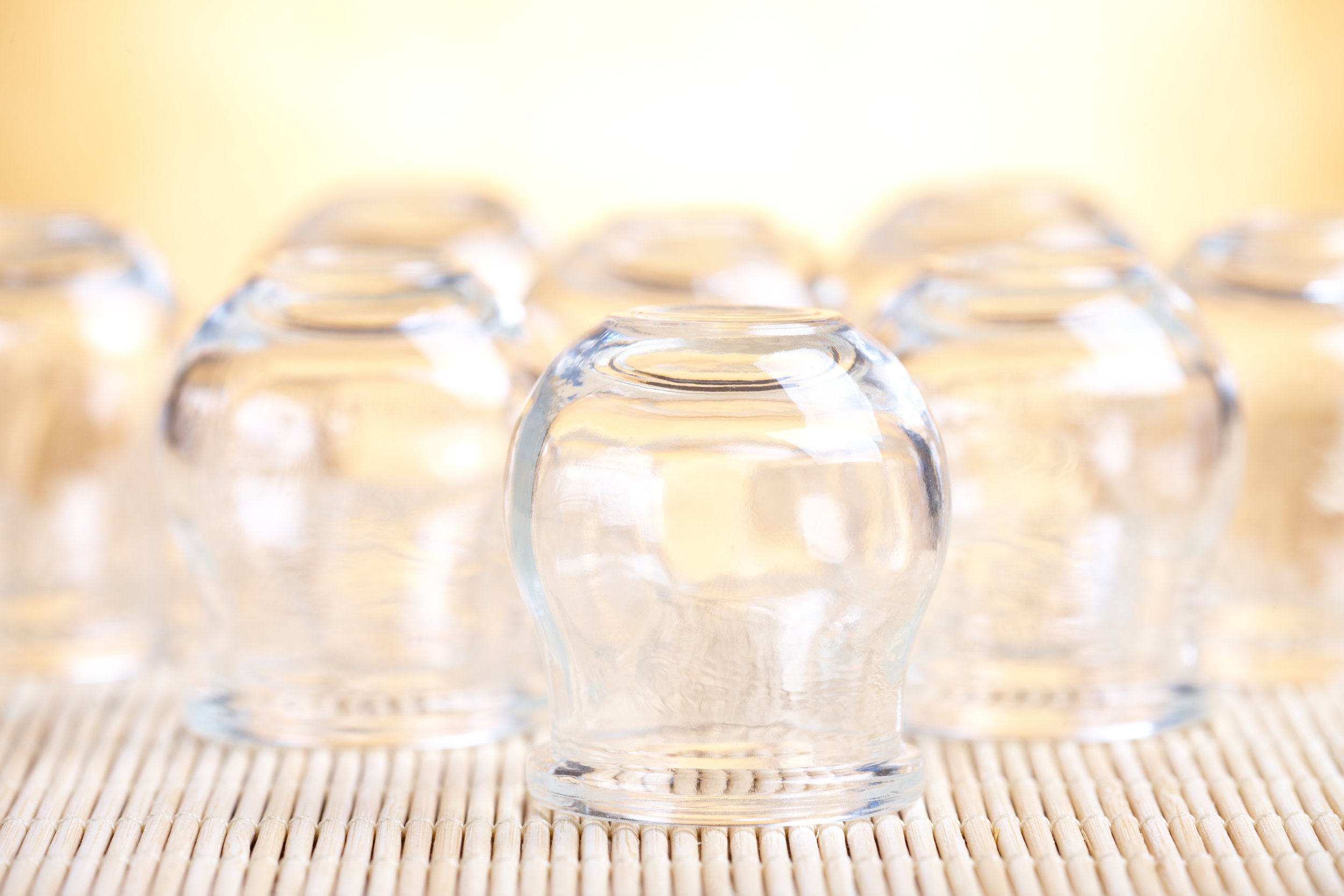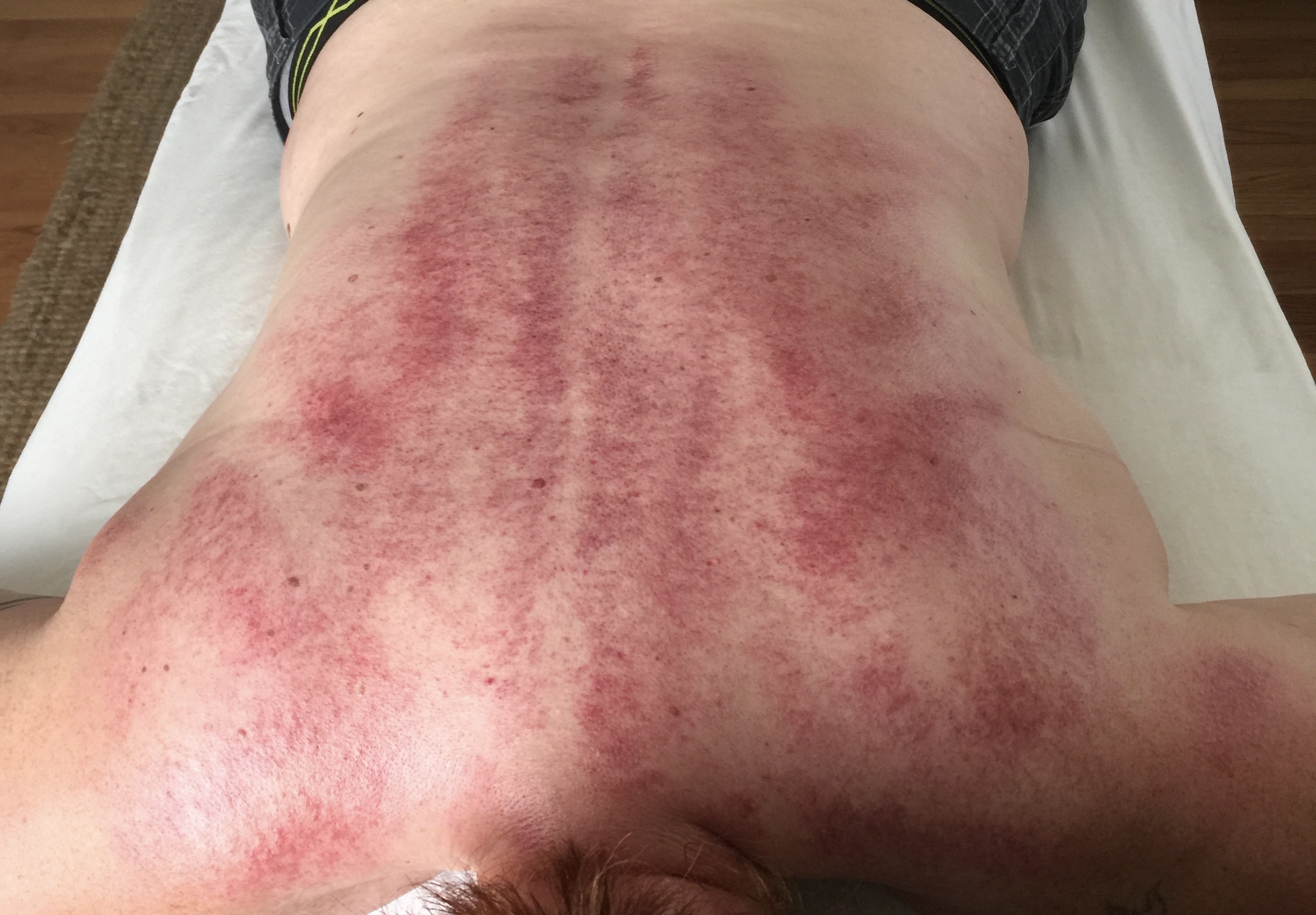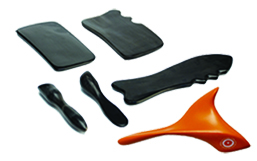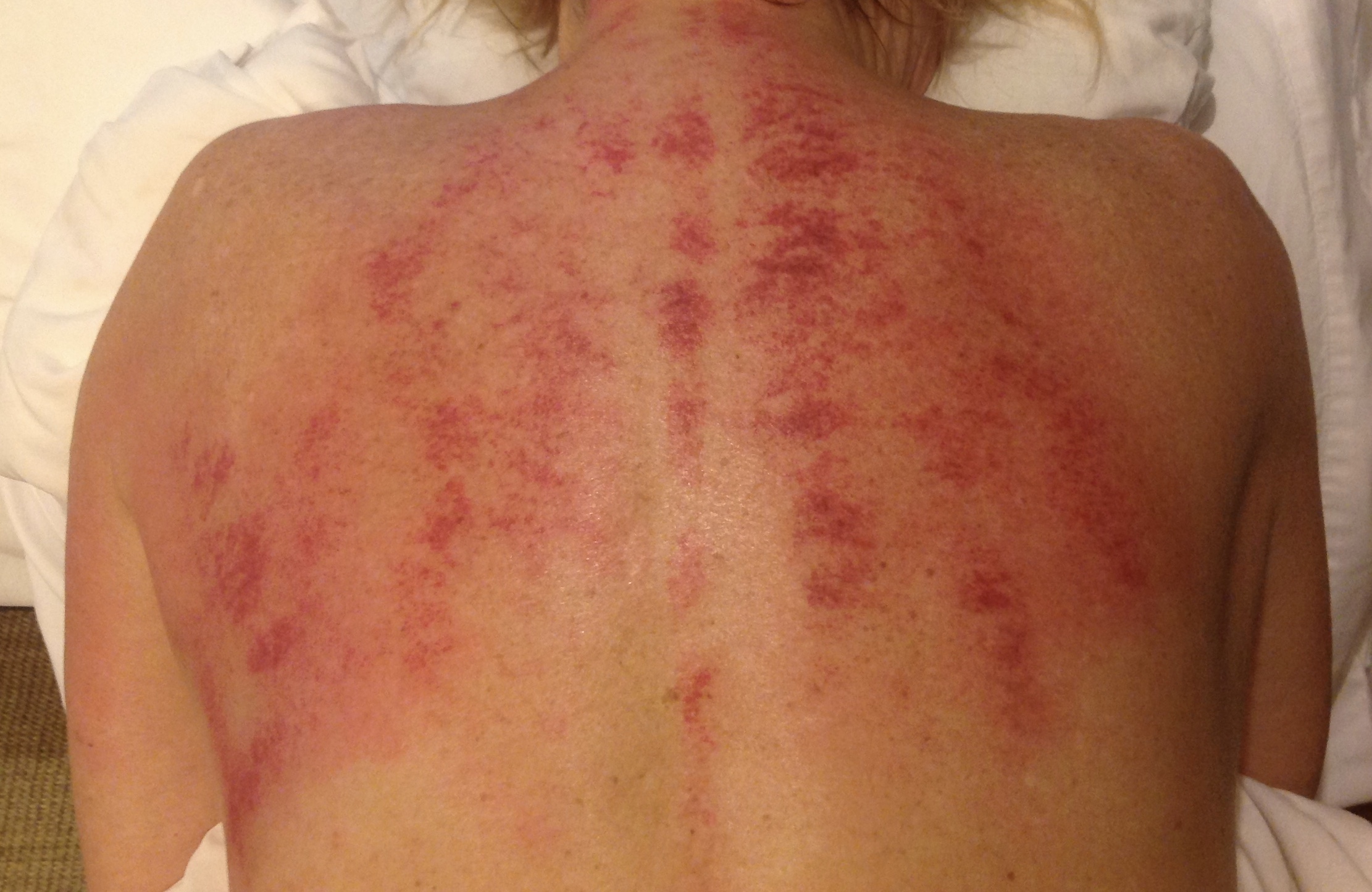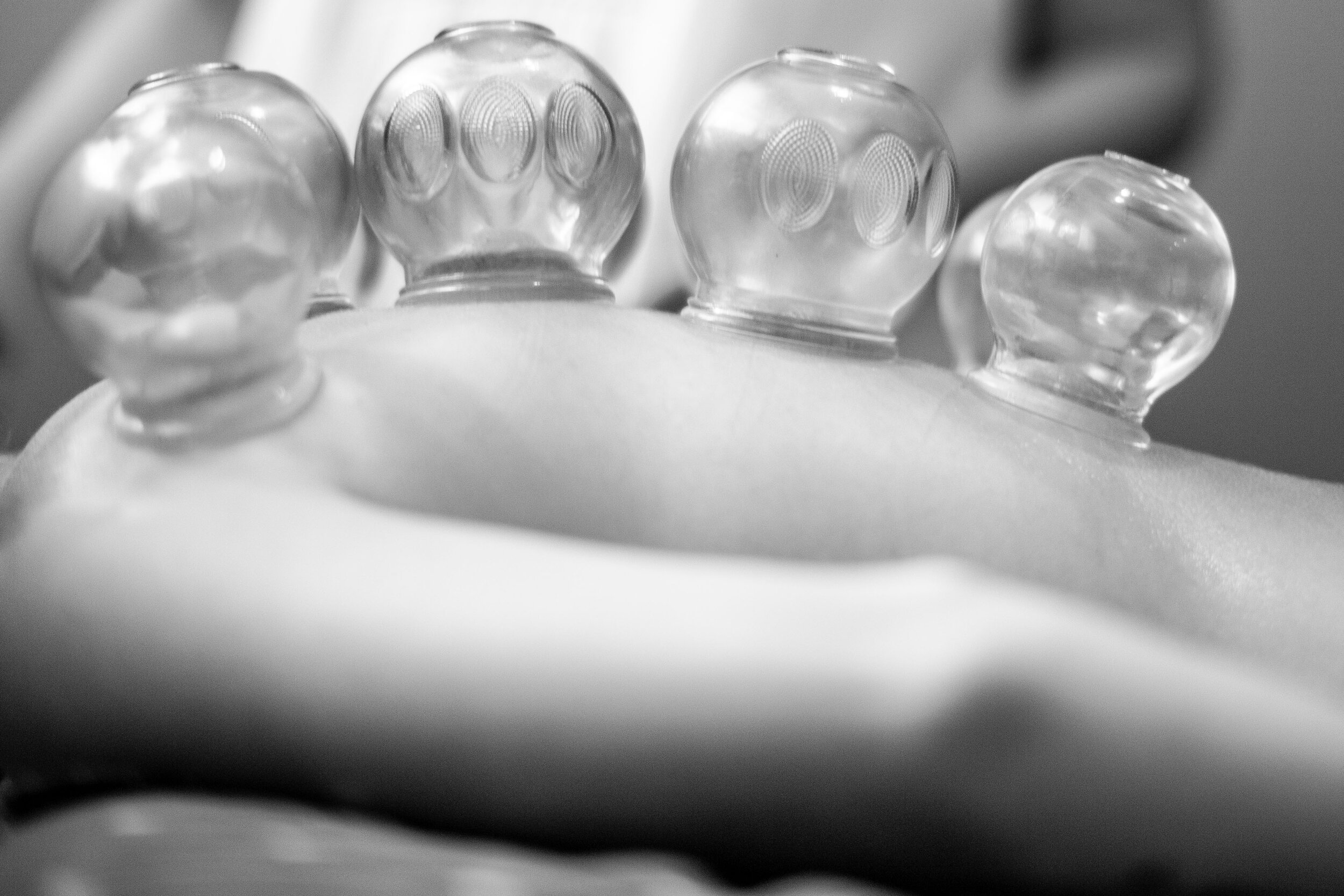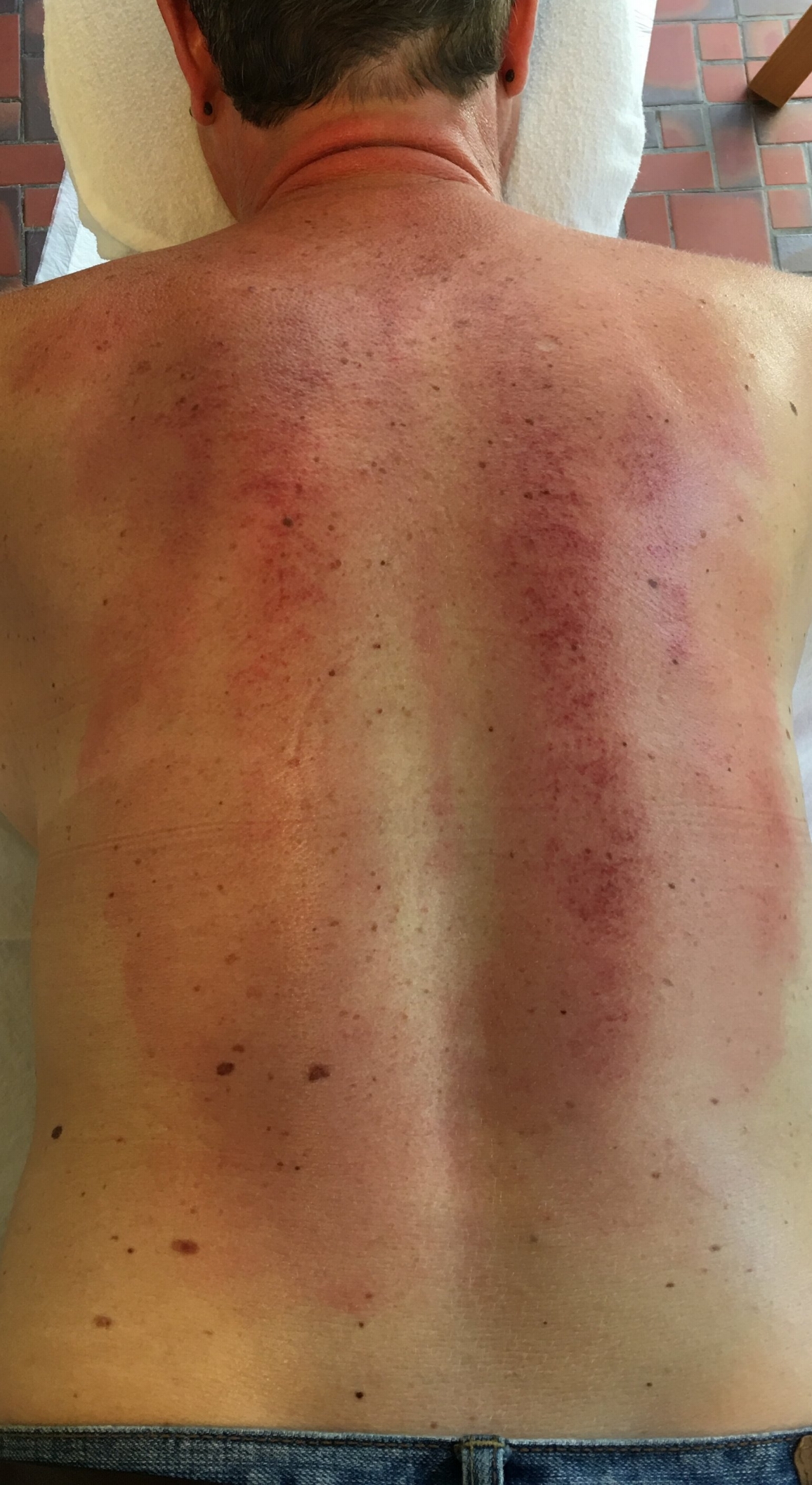Traditional Chinese Bodywork Therapy
Traditional Chinese Medicine (TCM) encompasses various integrative bodywork modalities that aim to promote health, balance, and well-being. These bodywork therapy modalities are rooted in the principles of TCM and the concept of Qi (pronounced "chee"), which is the vital energy that flows throughout the body. At Art of Acupuncture we primarily utilize Fire Cupping and Gua Sha, often in combination, and both are myofascial release techniques. We often use bodywork therapy in conjunction with other TCM therapies such as acupuncture, herbal medicine, and dietary adjustments to provide a comprehensive approach to health and healing in traditional Chinese medicine.
From The Experts
“Chinese bodywork techniques and therapies work synergistically to promote Qi flow, release tension, and restore balance in the body, offering effective solutions for a wide range of health concerns and enhancing overall vitality.”
Types of Bodywork Therapy
Zero Balancing
Zero Balancing is a type of bodywork that aims to balance the body’s energy flow and structure. The goals of this therapy include reducing stress, improving posture and balance, and promoting a sense of wellbeing. Zero Balancing Therapy is performed through gentle touch and traction to specific points and joints in the body, with the client typically lying on a massage table fully clothed, making it the perfect choice for shy individuals or those that are weary of needles. Zero Balancing can be extremely helpful for those that are in active therapy for PTSD or who have seemingly hit a plateau in their wellness goals. By addressing both the physical and energetic aspects of the body, Zero Balancing can help individuals achieve a deeper state of relaxation and enhance their body’s natural healing abilities.
Fire Cupping
Traditional Fire Cupping is a type of bodywork therapy that originates across multiple continents and its usage dates back centuries. Cupping may leave marks but relieves tension and pain. Fire Cupping involves creating a vacuum with fire in a glass cup and then placing cups on the body to draw the skin and underlying tissues upward. This is most often performed on the back, but can be warranted in other body areas needing myofascial release. The cups are sometimes left in position for a few minutes or your practitioner may perform “sliding cupping” and move them along oiled muscle meridians. This bodywork therapy stimulates blood flow, releases stagnant Qi, and promotes healing. Cupping is often used to alleviate muscle pain, improve circulation, and treat respiratory conditions.
Gua Sha
Gua Sha is also called scrapping and utilizes a specific technique where your integrative bodywork therapy practitioner will greatly enhance blood circulation in the small channels and collaterals to expel wind, cold, and damp from the body and alleviate pain. Gua Sha treatments are adaptogenic! Gua Sha involves scraping the skin with a smooth-edged tool, traditionally made of jade, horn, or ceramic with modern implements typically made of resin or stainless steel. Gua sha is historically referred to as “spooning or coining” as these were easily accessible instruments to be utilized by anyone. The scraping action stimulates blood circulation, releases toxins, and promotes healing. Gua Sha is commonly used to relieve muscle tension, reduce inflammation, and improve Qi flow.
Benefits of Traditional Chinese Bodywork
Musculoskeletal Pain Relief
Myofascial Release
Increased Range of Motion
Stress Reduction
Relaxation
Improved Circulation
Enhanced Energy and Vitality
Improved Sleep
Decreased Inflammation
Detoxification
Our Integrative Bodywork Practitioners
Art of Acupuncture offers 30 minute integrative bodywork sessions for anyone needing quick and deep fascial/muscular tension relief-and for those afraid of needles! Our bodywork therapy sessions include cupping or gua sha or both depending on the case and practitioner/patient preference. If you experience severe muscle spasm or deep muscular knots, we suggest scheduling bodywork therapy with acupuncture point injection therapy session.
Emily Armstrong
Diplomat of Oriental Medicine, Acupuncture Physician, Registered Herbalist, Gua Sha Specialist, Meditation Instructor, Co-Owner of Art of Acupuncture
Kecia Fowler
Diplomat of Oriental Medicine, Acupuncture Physician, Certified Facial Rejuvenation, Certified APIT, Certified Zero Balance Practitioner, Facial Rejuvenation Certified
Dr. Hannah Winner
Diplomat of Oriental Medicine, Doctor of Acupuncture & Eastern Medicine, E-stim, Gua Sha, Certified APIT, Nutrition and Herbal Therapy.
Chinese Bodywork Therapy Can Leave Temporary Markings on Your Body
Bruises that occur as a result of bodywork therapy such as cupping and Gua Sha are different from the typical bruises caused by blunt force trauma. These bruises are known as "therapeutic bruises'' or "sha" in traditional Chinese medicine, and are not painful to pressure like contusion bruising. The sha marks are areas of petechiae, or release of trapped blood and substances at the surface of the body, which is why it is sometimes said to have a detoxifying effect on the body. Your integrative bodywork practitioner will instruct you to drink plenty of water after a cupping session or treatments where cupping is done in conjunction with acupuncture. Making sure to do so will help clear the discolorations faster.
Cupping “Bruises”: This results in circular or oval-shaped sha marking with a characteristic reddish or purplish color. The intensity of the bruise can vary depending on the level of suction applied, severity of condition, and the individual's response. Cupping bruises typically fade within a few days to a week, this can take longer in some cases.
Gua Sha “Bruises”: This can result in the appearance of reddish or purplish stripe-like sha markings. The color and intensity of the bruises can vary depending on the amount of pressure applied and the condition being treated. Gua Sha bruises usually fade within a few days to a week. This can take longer in some cases.
What Our Clients Say
“Thanks Hillary, Emily, and your team, for helping myself and my friends, a few of whom were at their wits end trying to find answers to their complex medical issues. Your practice is the pivotal moment where life-changing events happen. As a patient, you explain things easily and help me to feel validated along my journey.”
“The moment you walk in the door you feel a sense of peace and positive energy wash over you. Kesha was extremely professional while maintaining her friendliness. The cupping procedure was my first experience and it wasn’t as scary as I thought it would be. Painless. I would highly recommend this center.”
Contraindications of Bodywork Therapy
While cupping and Gua Sha are generally safe practices, there are certain situations or conditions in which it may be advisable to avoid or postpone these integrative bodywork therapy. Here are some factors that might prevent someone from having traditional Chinese bodywork:
*Broken or Damaged Skin: Cupping and Gua Sha should not be performed on areas of the skin that have open wounds, cuts, burns, or rashes. The suction or scraping action can further irritate or damage the skin and hinder the healing process.
*Bleeding Disorders or Anticoagulant Medication: Individuals with bleeding disorders, such as hemophilia or those taking anticoagulant medications (e.g., warfarin), should avoid cupping and Gua Sha as they can potentially increase the risk of excessive bleeding or bruising.
*Pregnancy: While cupping and Gua Sha are generally considered safe during pregnancy, it is advisable to consult with a qualified healthcare provider or a practitioner experienced in prenatal care before undergoing these therapies. Certain areas of the body, such as the abdomen or lower back, may need to be avoided during pregnancy.
*Skin Sensitivity or Allergies: If you have a history of sensitive skin, allergies to oils or balms used during Gua Sha, or a known hypersensitivity to the materials used in cupping (e.g., plastic or latex cups), it is important to inform the practitioner beforehand. They can provide suitable alternatives or adjust the treatment accordingly.
*Certain Medical Conditions: Individuals with certain medical conditions, such as deep vein thrombosis (DVT), varicose veins, skin infections, or cancer in the area being treated, may need to avoid cupping or Gua Sha. It is essential to disclose your medical history and any existing conditions to the practitioner to ensure the treatment is safe and appropriate.
It is always recommended to consult with a qualified healthcare provider or a practitioner trained in traditional Chinese medicine to evaluate your specific situation and determine if integrative bodywork therapy is suitable for you. They can provide personalized advice based on your health status and any underlying conditions you may have.
Frequently Asked Questions About Traditional Chinese Bodywork Therapy
-
Your first integrative bodywork session will typically begin with a consultation with the practitioner to discuss your medical history, any specific concerns or goals you have, and any pain or discomfort you're experiencing. The practitioner will then design a customized treatment plan for you, which may include a combination of techniques such as acupuncture, gua sha, cupping, acupressure, or other modalities and then get started on the treatment plan the same day, depending on the therapies involved. It's important to communicate your preferences and any discomfort you may experience during the session.
-
The frequency of bodywork therapy sessions can vary depending on your individual needs and goals. Some people benefit from weekly sessions, while others may find that monthly or even less frequent sessions suffice. Your practitioner will often recommend a schedule based on your specific condition and progress. Regular sessions can help maintain overall well-being, address chronic issues, and manage stress.
-
Traditional Chinese bodywork, such as Gua Sha and Fire Cupping, focuses on stimulating the body's energy pathways (meridians) and acupressure points to balance the flow of Qi (energy) in the body. It often incorporates techniques like stretching, kneading, and rolling. Massage therapy, on the other hand, encompasses a wide range of techniques and styles, including Swedish, deep tissue, and sports massage. While both therapies aim to relax muscles and relieve tension, Chinese bodywork is rooted in traditional Chinese medicine principles and may have a more holistic approach.
-
Gua Sha is a technique that involves scraping the skin with a smooth-edged tool to improve circulation, reduce muscle tension, and promote healing. It can help with pain relief, inflammation reduction, and relaxation. Fire cupping uses suction cups to create localized suction on the skin, which can stimulate blood flow, relieve muscle tension, and promote detoxification. Both techniques are known to improve circulation and promote the body's natural healing processes.
-
Yes, Gua Sha and fire cupping can be used together in a single session or as part of an integrative bodywork treatment. Combining these techniques can enhance their benefits, as they both focus on improving circulation and relieving tension. However, it's essential to work with a trained practitioner who can assess your specific needs and apply these techniques safely.
-
The side effects of integrative bodywork therapy are generally mild and temporary. They may include soreness, redness, or bruising at the treatment site, especially with techniques like Gua Sha and fire cupping. These side effects typically subside within a few days. It's essential to communicate any discomfort or concerns with your practitioner, and they can adjust the pressure and technique as needed to ensure your comfort and safety. If you have specific medical conditions or concerns, it's advisable to consult with a healthcare professional before undergoing these therapies.
Book Integrative Bodywork Therapy
We offer bodywork therapy including fire cupping, zero balancing, and Gua Sha sessions for those who want to use these techniques to manage and eliminate pain over time. A full 30 minute session is $75 (they are also included in follow up acupuncture sessions when deemed appropriate by the provider.).
Contact Us
OUR OFFICE: 2941 5th Avenue North St. Petersburg, FL 33713
HOURS OF OPERATION: Monday — Thursday: 8:30am — 6:30pm & Friday — Saturday: 9:00am — 5:00pm
EMAIL US: Join our community today. Ask a question, send us a testimonial or just let us know you are interested in learning more by filling out the form below. Our terrific front office staff or one of our practitioners will be happy to help!


